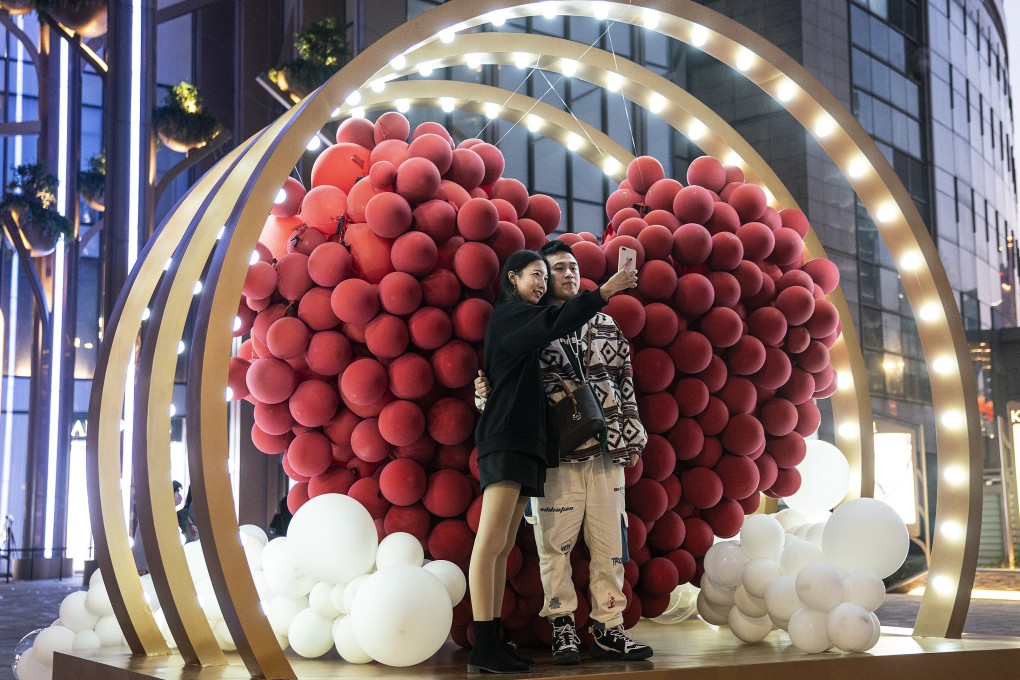Language Matters | How the heart became the symbol of love for another and, thanks to a T-shirt, a city
On Valentine’s Day hearts are everywhere – on cards, cakes, balloons and emojis – but when were they first used to symbolise love?

The heart is universally recognised, its iconography found in art, advertising, and everyday exchanges.
For Valentine’s Day, hearts on cards, as cakes and balloons and as one of the most used emojis, are widely exchanged. But how did this shape come to symbolise love?
The oldest known image of the heart shape is on a coin dating back to 510-470BC, discovered in the ancient Roman city of Cyrene, near what is now Shahhat, Libya.
This was in fact a representation of the seed of the silphium plant, a now-extinct species of giant fennel which had significant culinary and medicinal uses, including as aphrodisiac and contraceptive.

Fast-forward to European medieval times when the concept of courtly love saw a burgeoning in manuscript illustrations glorifying romance, often using a heart – initially as a pine-cone or pear shape – as a symbol for love.
